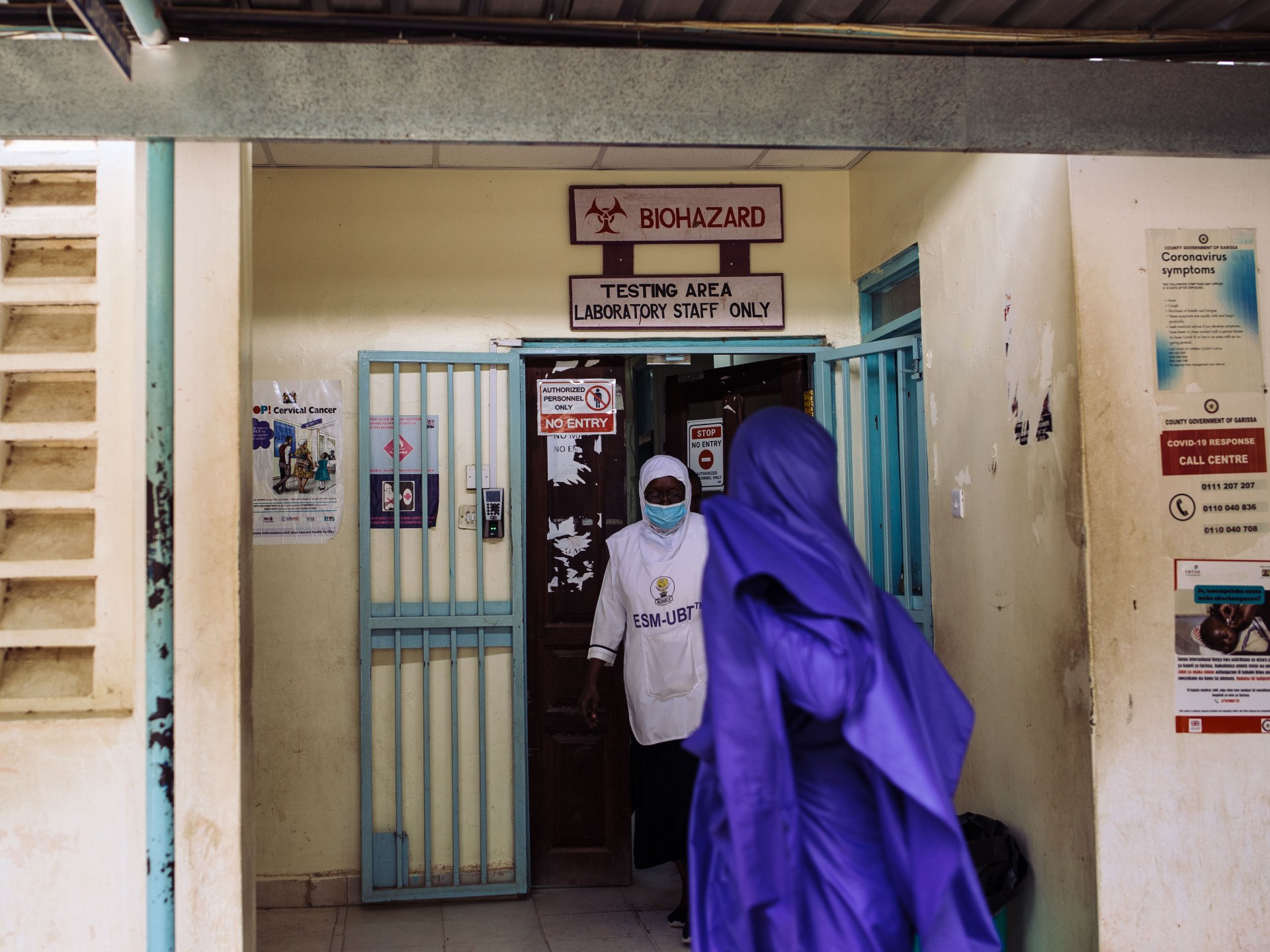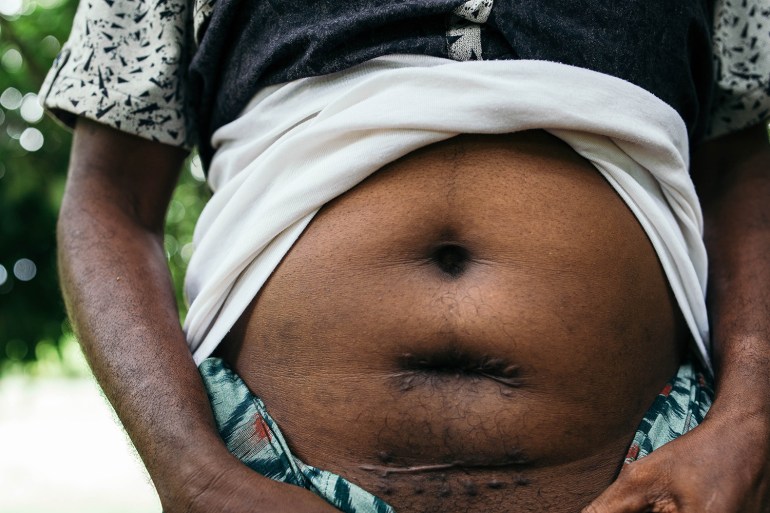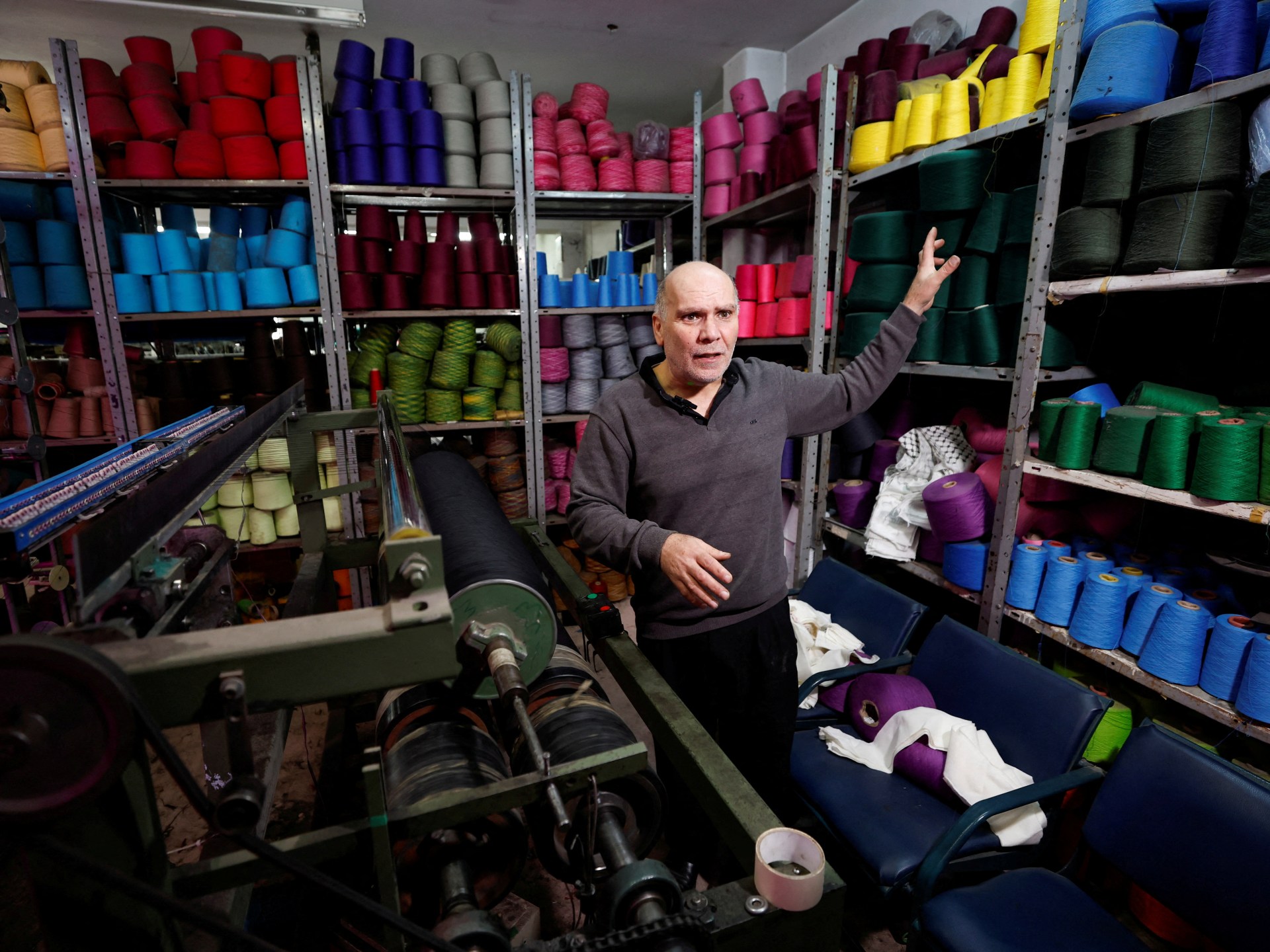
Garissa, Kenya – In January 2020, one of the Horn of Africa’s largest locust plagues in 70 years landed in Garissa, a remote town in northeastern Kenya near the Somali border. The region is dotted with small farmlands that grow mostly corn and a range of other products — tomatoes, watermelons, bananas, lemons — owned by farmers like Mohammed Adan.
When millions of locusts descended and consumed all living flora in sight, Adan and his fellow farmers were horrified. Locusts are no stranger to this region – the United Nations Food and Agriculture Organization (FAO) has even set up a special Desert Locust Control Committee (DLCC) to limit periodic locust damage. Nevertheless, chaos ensued during the plague.
The FAO, in collaboration with the World Bank and the World Food Program, led a “desert locust” campaign with a budget of more than US$230 million. Together they helped the Kenyan Ministry of Agriculture spray a pesticide cocktail on 100,000 hectares of land, home to 26,650 households.
Adan, who is responsible for a family of eleven, was, like his neighbors, relieved by this support. After a hasty, impromptu workshop hosted by a government agricultural extension officer in which they learned how to mix the pesticides with water to fill backpack sprayers, the farmers set out to save what was left of their crop . However, farmers say they were neither informed about what type of chemicals they were receiving nor provided with protective equipment.
In the midst of the hustle and bustle, Adan squirted some of the mixture over his torso. He didn’t think much about it at the time. It took hours for him to flush himself with water and weeks for him to become truly sick, suffering from stomach pains, nausea and being unable to urinate. This began a long journey of commuting to and from hospitals. Now, three years later, he faces the possibility of a sixth surgery.
“It is difficult to calculate how much damage there was,” 28-year-old Abubakar Mohammed (Abu), one of Adan’s sons, told Al Jazeera. “A lot of this can’t be true [quantified].”
Bureaucratic consequences
The Ministry of Agriculture has refused to distribute pesticides to farmers; Ben Gachuri, a communications official in Garissa, told Al Jazeera by telephone that it was “impossible that farmers could be ordered to spray.” [pesticides] yourself” and that “in the three years since the last spraying, no one has ever made any complaints about the negative effects of the pesticides”.
FAO officials declined to publicly release reports of documented user errors and precise information about the composition of pesticides or their procurement process. The East Africa Regional Office emailed a statement downplaying FAO’s role in selecting products, whether approved or not. They also disputed the possibility that untrained community members were involved, insisting that only “well-trained/properly equipped teams carry out inspections, not communities or farmers.”
In March 2023, the DLCC held a meeting in Nairobi to tout its success in saving food security in northern Kenya. According to Christian Pantenius, a former FAO official who was present, the meeting failed to correct several errors internally admitted by FAO in its 2020 spraying campaign in Kenya and Ethiopia.
“I was so, so disappointed,” Pantenius, who coordinated the campaign as an independent consultant, told Al Jazeera. “It was a huge missed opportunity.”

Of the 193,600 liters (51,000 gallons) of pesticides the FAO procured for the Kenyan government, 155,600 liters were organophosphates such as fenitrothion and chlorpyrifos. In most Western countries, the use of these chemicals in food and feed crops is banned due to their proven neurological toxicity to humans and environmental destruction.
Nevertheless, the FAO procured and distributed them to untrained community members against the advice of its own independent advisory body, the Locust Pesticide Referee Group (LPRG).
In a 2021 report, the LPRG expressed concern about the FAO’s selection of outdated chemicals: “Given the increasing concern about the use of synthetic insecticides and the lack of new products evaluated for locust control, the focus should be on the least toxic, already evaluated compounds.” in relation to human health and environmental impacts.”
“If countries decide to use pesticides that are not supported by the FAO, such as carbofuran, they have the right to do so. The FAO simply will not use them in campaigns that it runs itself,” said James Everts, ecotoxicologist at the LPRG, in an email interview with Al Jazeera. “A compound like fipronil – banned in the UK, approved in the US, Australia, Belgium and the Netherlands – is extremely effective against locusts. However, long-term, large-scale observations have shown that there is a long-term threat to key ecological organisms.”
FAO’s East Africa Office dismissed these concerns from its own advisory panel, insisting that all pesticides were procured through official channels and were technically legal according to the Kenya Pesticide Control Board list.
A September 2020 internal report obtained by Al Jazeera from Ministry of Agriculture sources showed that FAO did not conduct required environmental and social impact assessments under Kenya’s environmental laws. The report condemned the lack of communication with local communities about when the pesticides were sprayed.
In northern Kenya’s Samburu County, fenitrothion – banned in New Zealand in 2016 – was found to be used by “untrained personnel” using motorized sprayers and backpack sprayers. The application rate was also dangerously high: 34 liters per hectare, far more than the recommended amount of 1 liter per hectare. Spraying was also carried out on a rainy day, increasing the risk of chemical spills. Shortly afterwards, a high level of bee mortality was observed.

“More pressure”
According to experts, this all happened despite the fact that there is a more environmentally friendly alternative: Metarhizium acridum, also known as Novacrid.
Novacrid trials were conducted in Turkana and Marsabit counties in northern Kenya in 2020 with great success: an estimated 90 percent of locusts were eliminated from the test trials. The LPRG described this biopesticide as “the most appropriate control option…despite its higher cost.”
Nevertheless, it is unlikely that Novacrid will ever be introduced and used on a large scale. “Biopesticides in locust control do not serve economic interests,” explains Pantenius. “Therefore, there is no interest in seriously using biopesticides for pest control. It’s a question of political will.”
Because biopesticides like Novacrid — designed specifically to control desert locusts — cannot be used for other pest control measures, unlike their more harmful organophosphate counterparts, the pesticide industry cannot rely on them, he explains. “Locusts come and go. This is the biggest obstacle to adopting this strategy.”
Local governments feel the same way, Pantenius continued, but institutions like the FAO should push for stricter accountability, he said.
“We [the FAO] “We should tell governments that we want to help them, but we can’t supply them with toxic chemicals,” he says. “It is also important that the donor countries EU, World Bank and USAID exert more pressure [governments] next time.”
Paul Gacheru, program manager at Nature Kenya – East Africa’s oldest natural history society – understands the complex trade-offs that governments and institutions alike face, especially in times of emergency. Still, he believes there needs to be greater awareness of environmental integrity – particularly among global institutions like the FAO.
“There is a loophole in the law,” explains Gacheru. “Global or international institutions could take advantage of less developed countries with less stringent processes and policies. This is what you can call chemical dumping.” A European country may have an insecticide that it produced but is now banned and outdated in its own country, he continues, but has to sell it.
But Adan just wants to return to a somewhat normal life. He doesn’t even necessarily seek compensation from the government for his injuries. “It would be nice if the billing costs were covered,” he adds afterwards.






Recent Comments